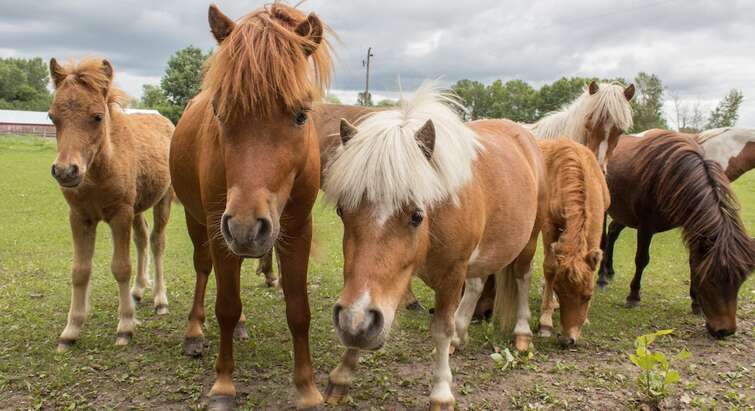
Companion animals

Companion animals are growing in numbers not only in the West but also in many Asian countries (e.g., China). In some respects companion animals receive special treatment (as compared with other animals used by us). In other respects, however, they suffer as a direct result of the way we use them. Some companion animals, for instance, develop health or behavioural problems caused by social and physical factors in their environment.
Our awareness of the importance of companion animals in many people's lives is growing; in fact such animals are frequently used for therapeutic purposes. At the same time, many companion animals are abandoned, given up to shelters, or euthanized. Companion animals thus seem to be viewed both as individuals to be respected in their own right and as disposable sources of enrichment for humans.
Below you will find a variety of recent publications about companion animal ethics and welfare. They are also sorted within the categories listed in the left menu bar.
You can also search among all publications on the site here:

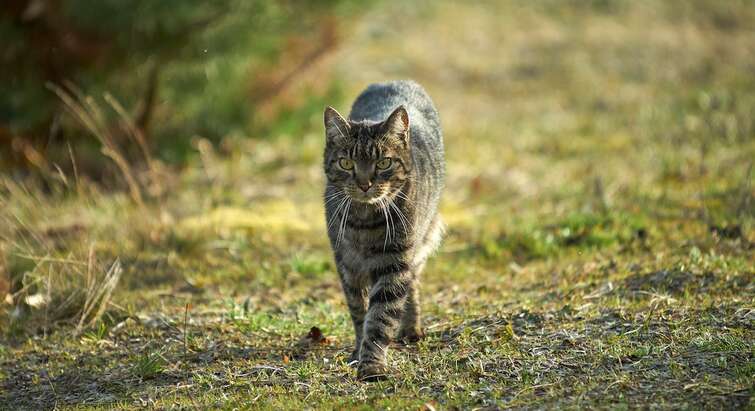
Changes in management of owned cats in the countryside
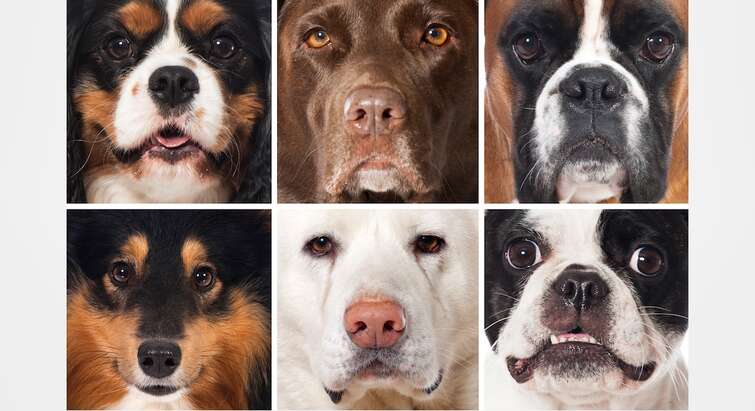
A new future for dog breeding
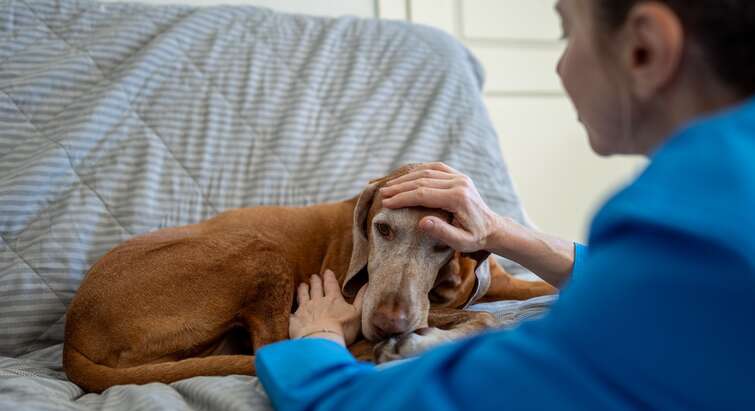
Chronic enteropathy in dogs affects the quality of life in both dogs and their owners

Lifetime health care costs for dogs based on data from seven veterinary clinics in Denmark
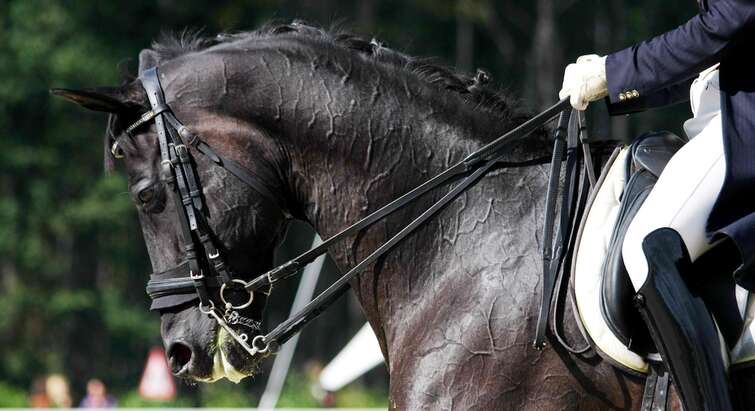
Oral behaviour during riding is associated with oral lesions in dressage horses – A field study

How is Human Socioeconomic Position Linked with Dog Ownership Practices? A Study from Denmark

Does “Dr. Google” improve discussion and decisions in small animal practice?

Cat and dog owners’ expectations and attitudes towards advanced veterinary care (AVC) in the UK, Austria and Denmark
